Overview
If you terminate your employment, there are several options for what to do with the money in your retirement plan. But first, there are several items that you will want to confirm first:
-
Confirm who the recordkeeper is for the plan is (Empower, Fidelity, Vanguard, etc.)
-
Confirm how you can gain access to your account (online access or via telephone).
-
Make sure your mailing address on file is current.
Over/Under $5,000
If your current account balance is over $5,000, you have the option to simply leave the money invested in the 401(k) plan of your prior employer. You are not required to do this, but you always have the option to do this if your account balance exceeds $5,000.
If your current account balance is less than $5,000, your previous employer may not allow you to keep these funds in their plan. Your previous employer has the ability to “force out” your funds, at which point you can direct them into your new employer’s plan, roll it over to an IRA, or withdraw the money. Your previous employer is required to provide you with at least 30-days’ notice if they have decided to complete “force outs” for the Plan. If no action is taken from the time notice is given of the force out, your money will automatically be rolled into a specified IRA, as detailed in your notice.
Leave Your Money in the Plan
If you have an account balance over $5,000 you can leave your money in the plan for as long as you want. However, you will not be able to make contributions to this account since these can only be made via payroll deductions. Often there are good reasons to leave your money in your prior employer’s plan. These include preferred investment options, lower costs, you don’t yet have a new employer 401(k) plan to roll the funds into, or you are moving abroad and want to leave money in the U.S. markets. Note that sometimes plan fees that may previously have been paid by your employer may no longer be paid by your employer after you terminate employment.
Rollover to a New Employer Plan
Often, consolidation of your retirement plans is advantageous you will have fewer accounts to keep track of, and you can streamline the process of directing your investments. If you have new place of employment that offers a 401(k) retirement plan, you should first confirm that the new plan will accept incoming rollovers. If the new plan accepts incoming rollovers, you will still want to confirm several important items prior to rolling your money over:
-
Determine that the investment options are suitable to your investment needs
-
Confirm the new plan’s costs and how they compare to your previous plan’s costs
Once these items have been looked into/confirmed, you can request a distribution from your previous employer’s plan and notify your new plan of this incoming rollover. Special note, you will want to make sure that the money transfers directly from your prior employer plan to your new employer plan (and it is not distributed to you for reinvestment). Otherwise, you risk the rollover being deemed a distribution and incurring adverse tax consequences.
Rollover to an IRA
You have the option to roll your retirement account into an IRA. If you have pre-tax contributions in your 401(k) account, then you can roll it into a traditional IRA. If you have Roth contributions (after-tax contributions), then you can roll it into a Roth IRA. Rolling your account balance into an IRA allows you to consolidate your investments or previous retirement accounts into one account for ease in managing your accounts. To make a rollover into an IRA account, you will need to request a distribution from your previous employer’s plan and notify your IRA provider of this incoming rollover. Once again, make sure the rollover happens directly, from institution to institution.
Withdraw the Balance
If you choose to, you can withdraw the balance of your retirement plan by requesting a distribution, however you will most likely have to pay additional taxes on it. The withdrawal will be taxed as ordinary income, and an additional 10% early distribution penalty may apply, if you haven’t attained age 59 ½. To complete a withdrawal, you will need to request a distribution from your employer’s plan which can be completed by contacting the recordkeeper or the advisor on the plan.
The information contained herein is not intended as financial, legal or tax advice, and may not be suitable as required by specific circumstances. Please consult your financial planner, attorney and/or tax adviser as needed.


